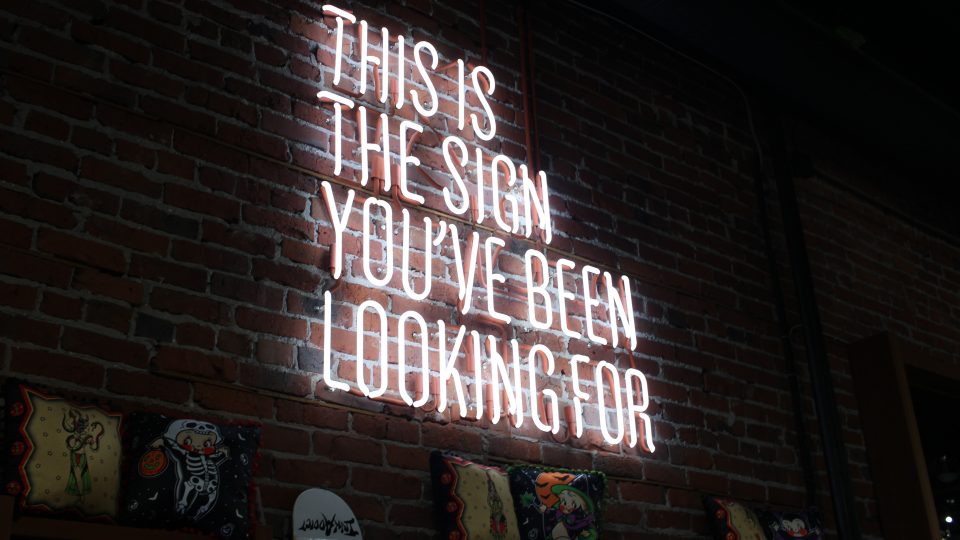Category: Politics
-

The Starving Creative
Photo from Unsplash by Austin Chan This needs to be said; we are living in a day and age where we have no creativity, no originality, we are living in a day and age where creatives are being rejected if they do not spew the same propaganda. Its is usually, same story, different character, and…
-

Socioeconomic Disparities in Second Language Education in the United States
Photo by Matt Hoffman on Unsplash With the rise of the travel industry as well as the interest in modern languages, we can anticipate a drastic increase in multilingualism in the nearby future. According to iLangugues.org, 60% of the world identifies as bilingual/trilingual/multilingual while the remaining 40% identifying as monolingual in predominately English-speaking countries. With…
